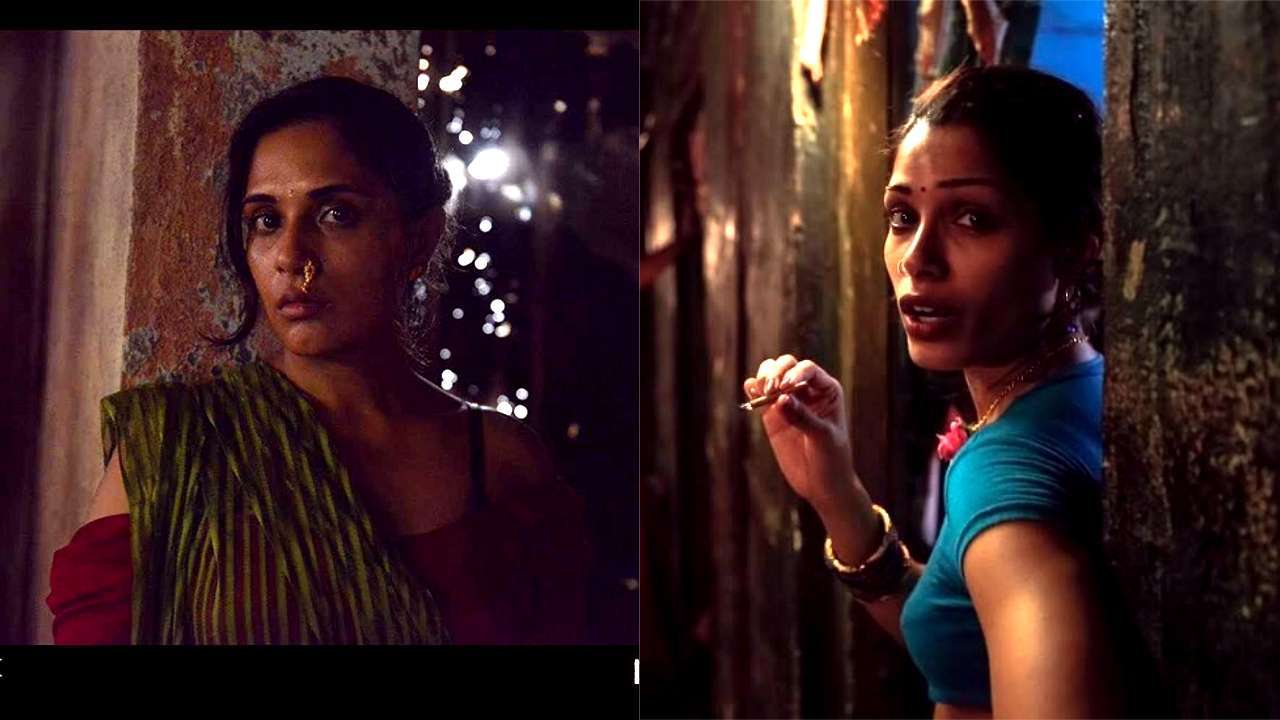

Maybe some rooms are like that because the person has made it to look like that, but majority of these places are faintly lit and dingy. Noorani talks about many films made on the subject in the past that showcase red-light districts as brightly lit areas, where they look beautiful. So, it all stems from being realistic when we set out to make a movie on sex-trafficking or situations in brothels.” “In the classic way, evil men fall into darkness and the light emerges where it needs to. So we went to a lot of real locations where there is very little light,” says Noorani, also talking about cinematographer Lucas Bielan, who has masterfully used minimal lighting. “When we started to make the film, it needed to be authentic. The film, through the story of Sonia (a fantastic Mrunal Thakur) and her elder sister Rashmi (Riya Sisodiya), unravels the story of international flesh trade-capturing the red-light districts of Mumbai, Hong Kong and Los Angeles.Īs the film progresses, light plays an intrinsic part, taking the audience to the darkest of places while exploring flesh trade locations, and then transitioning into areas where there is hope and light. It is the opening scene of Love Sonia, Tabrez Noorani’s directorial debut, which progresses on to become bleak and dark, as opposed to this bright and happy frame. It would be the most normal thing to find in an Indian countryside, in this case 1,400 km away from Mumbai.

An open field, the blue sky above and kids playing around with a butterfly caught in a glass jar.


 0 kommentar(er)
0 kommentar(er)
